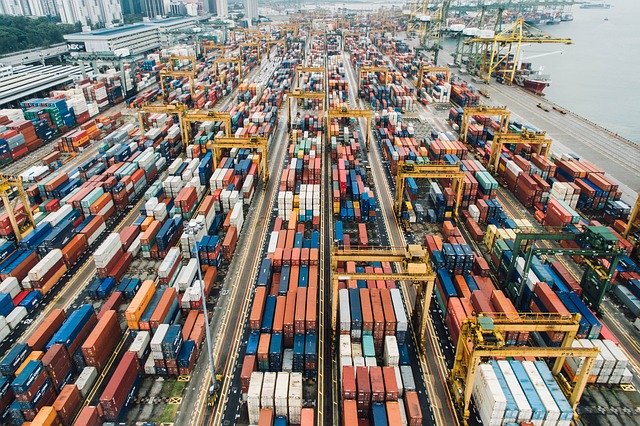
Written by Gary Griffiths, Managing Director of Trade Finance at Bibby Financial Services (Corporate Partners of the IOE&IT)
The situation
Last week the World Health Organisation officially designated the Coronavirus outbreak as a global health emergency, the fifth of the last decade. For China, the risks to health and life are real, but swift action by the Chinese government has largely contained the virus within the country – although a small number of cases have been reported elsewhere. While the threat to life is the primary concern, there is also a very real threat to the livelihoods of business owners and employees alike. The virus raises important questions about the robustness of the global economy and the resilience of supply lines.
Uncertainty over the spread of the virus, which has more than 24,000 confirmed cases, has disrupted global trade already, and has also impacted businesses by forcing them to respond to an ever-changing crisis with little reliable information to inform their decision making. This means that many businesses are left in a precarious and uncertain situation. To mitigate the impact of the crisis, SMEs need to think logically and responsibly.
Understanding the risk
A crisis like this can appear at first glance to only be a concern for multinationals, but it is a mistake to not understand how global events might impact your business. The first and most important step that every SME should take is to understand the immediate risks.
SMEs should consider the following questions:
- Does your business have any suppliers or third-party suppliers based in the Wuhan province?
- Do you have any Chinese suppliers who source components domestically?
- If the virus was to spread further in South East Asia, would that affect your supply lines?
By answering these questions business leaders can begin to take steps to ensure continuity.
The next step is to conduct a full risk assessment. This should not only consider the impact of delayed supply lines, but also look at stock inventory, order schedules, import contacts and legal requirements. It is only by undertaking this assessment that SMEs can fully understand the potential costs of disruption and the steps that they might need to undertake to ensure that the business can deliver on promises to customers.
Planning is indispensable
Former US President Eisenhower once wrote that plans are useless, but planning is indispensable. In essence, while plans don’t always go the way we want them to, we need to plan to understand what’s changing. The virus outbreak is a good example of an evolving threat, it requires vigilance to anticipate and respond to risks decisively to avoid further harm.
There is no one-size-fits-all crisis plan for Coronavirus that SMEs can follow - every business is different. However, we’ve worked with thousands of importers and exporters and the one common thread amongst those that have been successful is their ability to use the support available to them, both from the private and public sectors. Common issues stem from currency fluctuations, cashflow issues and late payments. A crisis like this can only exacerbate these challenges.
A stable cashflow position is crucial in a crisis situation when SMEs may need to turn on the spending taps in response to threats. The SMEs we speak to are regularly reviewing their funding situation to position themselves for the future, and this includes looking more closely at better value import and export opportunities. SMEs that rely on more than one supplier or multiple export sources will be more resilient to shocks.
Using funding to reduce uncertainty
With any national or international crisis there are often dramatic changes to exchange rates – and that will have a knock-on effect on profit margins. In 2017, more than two-thirds (67%)[1] of internationally trading SMEs said they had been adversely impacted by currency volatility – that was before the increased uncertainty. FX funding offers SMEs both spot conversions for immediate needs and forward contracts to minimise risk for future currency requirements.
FX funding can be used alone, or it can be used in tandem with other funding options to help manage cashflow. Cashflow is a key challenge for SMEs at the easiest of times but responding to increased uncertainty over supply lines can lead SMEs to increase stock levels as a precaution and potentially hold that stock for longer than normal. Importers may have to consider ordering more from existing suppliers or finding alternative suppliers while their usual supply chain is impacted. SMEs may need to negotiate new credit terms and potentially deal with advance payments. It’s imperative that businesses have the right support to manage cashflow and risk implications to help manage their supply chain during these pressing times.
Invoice Finance and Trade Finance can help manage these increasing costs and having the right funding structure in place to support traditional bank lines offers flexibility and gives SMEs the power to respond to new challenges.
In an increasingly sensitive global economy events on the far side of the world are more impactful at home than ever before. Coronavirus is just the latest in a series of events that have had global reach. While there was no way to predict the virus, or its severity, those SMEs who had a risk management response in place and quickly implemented mitigation strategies have already seen clear benefits. The virus serves as a reminder to SMEs that planning is indispensable.
[1] Bibby Financial Services, Trading Places, 2017

